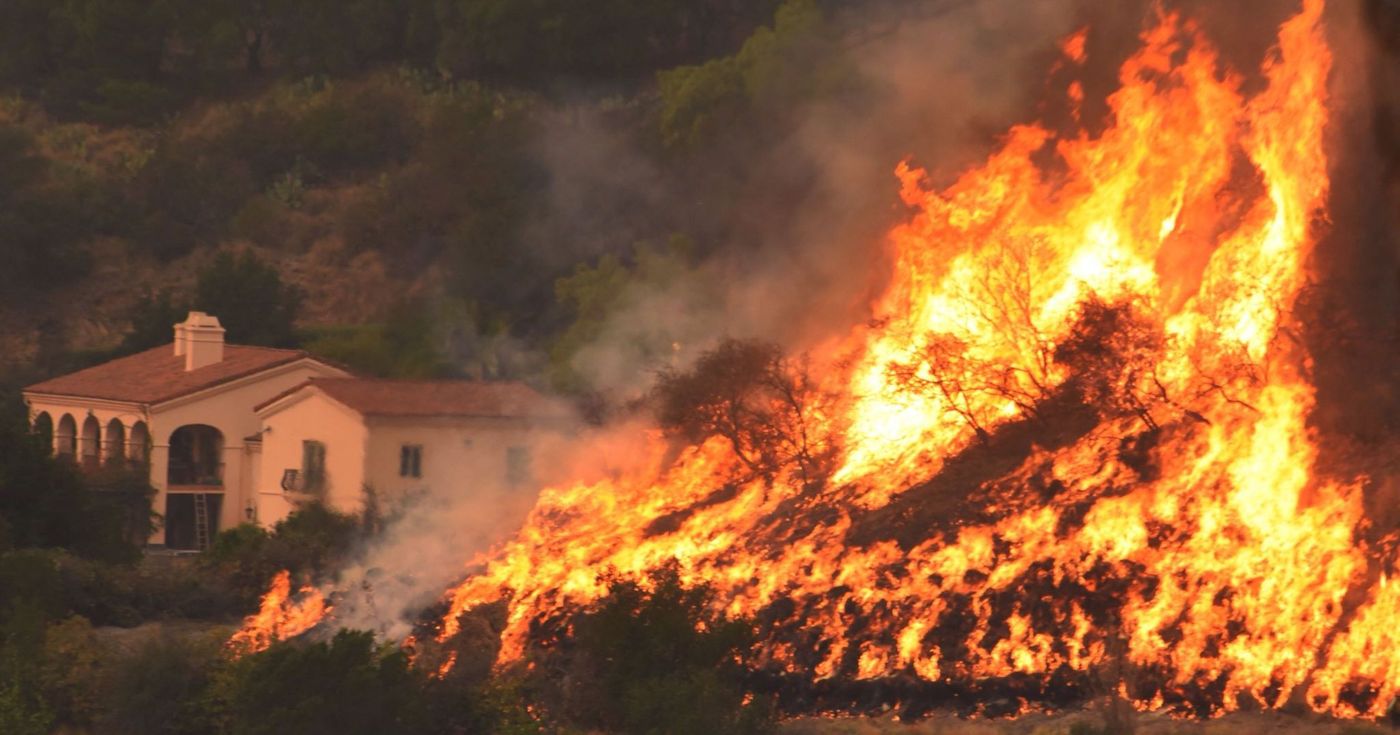Are we getting better at predicting fires?
After the last wildfire season, it’s an understatement to say that we need to get better at developing technology that helps us predict fire-weather with more accuracy. Because weather can affect how fast and far a wildfire grows, staying on top of the most up-to-date local weather conditions are critical in fire-vulnerable areas. Luckily, researchers from the USDA Forest Service and St. Cloud State University have established a new prediction tool called the Hot-Dry-Windy Index (HDW) that uses key atmospheric variables such as temperature, moisture, and wind to improve fire-weather forecasts. The study is published in the journal Atmosphere.
"Predicting fire conditions is important and extremely difficult," said Joseph Charney, a research meteorologist who worked on HDW. "By focusing on just temperature, moisture and wind, we created a tool that works with the same weather models that are used every day in fire weather forecasts, and thus can be applied anywhere in the world, regardless of fuel conditions or topography."
In order to test the tool’s accuracy, the scientists compared its predictions with how four fires actually played out in Minnesota, Texas, New Jersey and California. The results were good: for all four fires, HDW predicted the day during each fire that was the most dangerous. More importantly, HDW was more accurate than the previous fire-weather index, which is called the Haines Index.
“HDW uses the basic science of how the atmosphere can affect a fire to define the meteorological variables that can be predicted at synoptic-and meso-alpha-scales that govern the potential for the atmosphere to affect a fire,” write the authors. “The new index is formulated to account for meteorological conditions both at the Earth’s surface and in a 500-m layer just above the surface. The Climate Forecast System Reanalysis (CFSR) is used to provide the meteorological data for calculating the indices. Our results indicate that HDW can identify days on which synoptic-and meso-alpha-scale weather processes can contribute to especially dangerous fire behavior.”
But, HDW does have a fallback: it focuses more on large-scale weather and doesn’t do as good of a job predicting the impacts of fine-scale weather, topography, or fuel conditions, which can all also greatly influence the way a fire grows. This makes some difficulties for fire management, and the researchers say that more research is needed before HDW can be used in the field.
Nevertheless, the team is hopeful: "The HDW Index was designed to address the needs of the wildland firefighting community, and our early results show that HDW has the potential to help users make better decisions," lead author Alan Srock said.
Sources: Science Daily, Atmosphere









